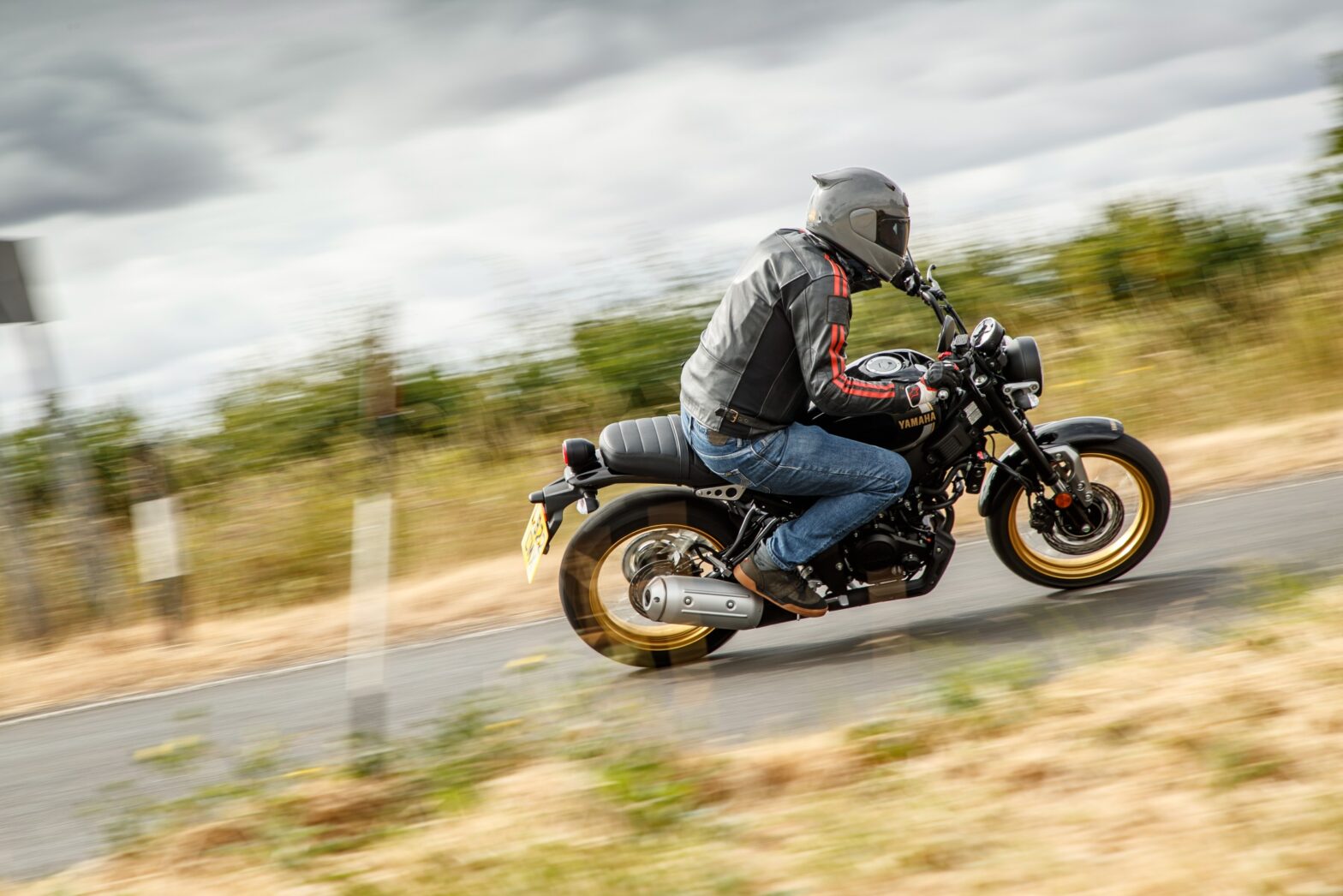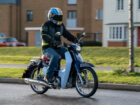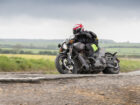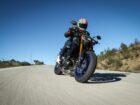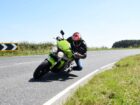The full cost of a motorbike licence and hitting the road depends on a number of things, including the type of licence you want and the training you need. Here, we take a look at what you need to learn to ride a motorcycle and how much you can expect to pay.
What do I need before I learn to ride a motorcycle?
Before you do anything, you’ll need to apply for a provisional licence. You can apply for this when you’re 15 years and 9 months old, but you must also:
- Be able to read a number plate from 20m away.
- Have been given permission to live in England, Scotland or Wales for at least 185 days.
To apply, you’ll need some form of ID such as your passport (you can find a full list of what’s accepted at GOV.UK).
How much does a provisional licence cost?: £34 if you apply online or £43 by post*.
Complete compulsory basic training
The next step after getting your provisional licence is to complete compulsory basic training (CBT for short). Almost everyone wanting to learn to ride a motorbike will need to undertake CBT but there are a few exceptions:
You don’t need to do compulsory basic training if:
- You passed your driving test before 1 February 2001 and you only want to ride mopeds up to 50cc.
- You have a full moped licence from passing a moped test since 1 December 1990.
- You already have a motorcycle licence for one category and want to upgrade to another.
You’re also exempt if you’re part of the government’s e-scooter trial. You won’t need to do CBT if you live in certain offshore islands either.
What does CBT involve?
The good news is that CBT isn’t a test (although it’s sometimes referred to as one). It’s really just a course that enables you to ride safely and considerately. There are five parts to it, and you could complete it in as little as a day.
Although there’s no formal test, you will have to complete the course successfully and an instructor can hold you back if they feel you need more time.
You’ll be given a ‘certificate of completion’ to show you’ve completed your CBT (also known as a DL196). After that, you’ll be able to ride a moped, so long as you’re 16 or over. If you’re 17 or older, you’ll be able to ride a motorcycle up to 125cc with a maximum power output of 11kW. You must also use L plates at all times (D plates if you live in Wales).
Bear in mind that your certificate of completion is only valid for two years. During this time, you can take your motorcycle theory and practical test. If you decide not to take the tests, you’ll need to take CBT again or stop riding altogether. You can find CBT courses at GOV.UK.
How much does CBT cost?: This will depend on your location and on the provider, but you should budget at least £120 for this.
How do I get a full motorbike licence after passing CBT?
If you want to ride anything more powerful than 125cc and without L or D plates, you’ll need to pass a motorcycle theory and practical test. The practical test is split into two parts, and you must pass both.
The type of licence you can get after passing, will depend on how old you are:
- 17 years and over – you can upgrade to an A1 licence which entitles you to ride bikes up to 125cc without L or D plates and carry a pillion passenger.
- 19 years old and over – you can upgrade to an A2 licence which entitles you to ride any motorcycle with a power output of up to 35kW and carry a pillion passenger.
- 21 years old and over – you can apply for a category A licence which lets you ride any motorbike of any size. If you’re between 21 and 23 you must have held an A2 licence for at least two years (otherwise you’ll have to wait until you’re 24). You will also need to pass the motorbike practical test on a 595cc bike.
- 24 years old and over – you can apply for a category A (full motorbike licence) which entitles you to ride a motorbike of any size. Alternatively, if you have some driving experience, you can take part in the Direct Access Scheme (DAS) which can help you earn a full motorbike licence without any previous experience.
To double check the steps you need to take to get the licence you want, you can follow the DVSA (Driver and Vehicle Standards Agency) flow charts which summarise the rules.
How much does motorcycle training cost? Prices will vary depending on where you live and the riding school, but you should expect to pay around £600-£1,200.
How much do the tests cost? The theory test costs £23, part one of the practical test is £15.50, part two costs either £75 for a weekday test or £88.50 for evenings, weekends and bank holidays.
Total cost of training and tests: In excess of £700
Full motorbike licence cost, including training: In excess of £800 (doesn’t include the cost of the bike itself). Don’t forget – it could cost less depending on where you live and how much local providers charge. Test costs and provisional licence costs are fixed and are correct at the time of writing.

How much should my first motorbike cost me?
The right motorbike for you is of course, a very personal choice so there’s no real definitive answer. Remember to consider comfort, ride feel, styling and maintenance rather than just focusing on cost – after all, you may find yourself willing to pay a little more for a bike you really love the look of.
However, as a very rough guide, if you’re just starting out and are looking for a 50cc scooter or moped, you can pick up popular models from £700 on the used market. If you’re looking at something a little bigger (and have the right licence) you can find top models for around the £3,000 mark depending on what it is you’re looking for.
Buying used can also help your budget stretch a little further but be mindful of any modifications that might’ve been carried out as these can affect the price of motorbike insurance. Plus, don’t forget accessories which can make the ride more comfortable.
How much is motorbike insurance?
Motorbike insurance costs can vary considerably as insurers will take into account a number of things in order to work out your premium (including your age and the type of bike you have).
Policies work in a similar way to car insurance, so you can choose your level of cover (third party only, third party fire and theft, comprehensive). In most instances, you’ll also have the option of adding on other features – for example, if you need cover for a pillion passenger or want breakdown cover too. Specific features and what they actually include are likely to vary from insurer to insurer, so it’s well worth double checking what’s provided to avoid disappointment.
If you’re not sure where to start and want guidance on what to think about check out our article on shopping around for motorcycle insurance. You can also find out more by heading to our motorbike insurance guides which includes money-saving tips for cheap cover.
Alternatively, if you know what you’re looking for, you can start a quote online right now.
